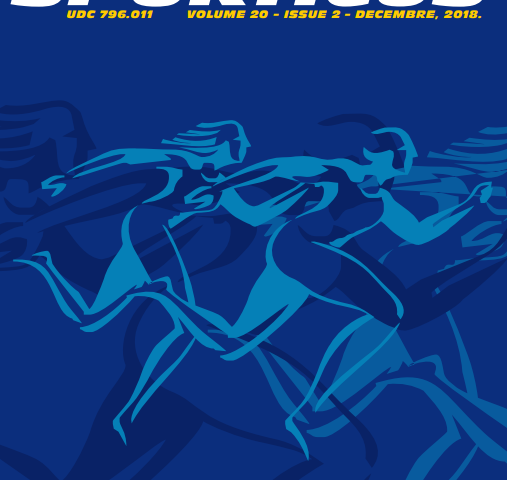The issue of spinal deformities, which occurs during phases of intense growth in children, has been recognized within the broader community. Certain categories of children are particularly vulnerable to long-term health risks in this regard, making it important to find ways to intervene early and identify such cases. This study was conducted to assess the current state of spinal posture during one of the most sensitive phases of physiological development in a special group of preschool children. The sample included 92 preschool children aged 4 to 6 years, who have been living and growing up from an early age in the SOS Children’s Village in Sarajevo, without the presence of their biological parents. The assessment of poor posture was applied according to Napoleon Wolanski (1975), based on determining the relationships between segmental dimensions as follows: D1 – assessment of head posture (HPA), D2 – assessment of shoulder posture (SPA), D3 – assessment of chest posture (CPA), D4 – assessment of scapula posture (SBPA), D5 – assessment of spinal posture (SP), D6 – assessment of abdominal posture (APA), D7 – assessment of leg posture (LPA), D8 – assessment of foot posture (FPA). Deviations are classified according to their severity and assessed with negative points, where 0 points indicate no deviation, 1 point indicates a mild deviation, and 2 points indicate a significant deviation. The posture results show that 15.2% of the children have scoliosis, 13.0% have lordosis, and 7.6% have kyphosis. Additionally, 30.4% of the children have flat feet, predisposing them to long-term spinal problems, and 33.7% have significant deviations in leg posture. Numerical values indicate that none of the children had an ideal shoulder posture (score of 0), implying no deviation from normal, while head posture results were also extremely poor.
Keywords: poor posture, spine, preschool age


